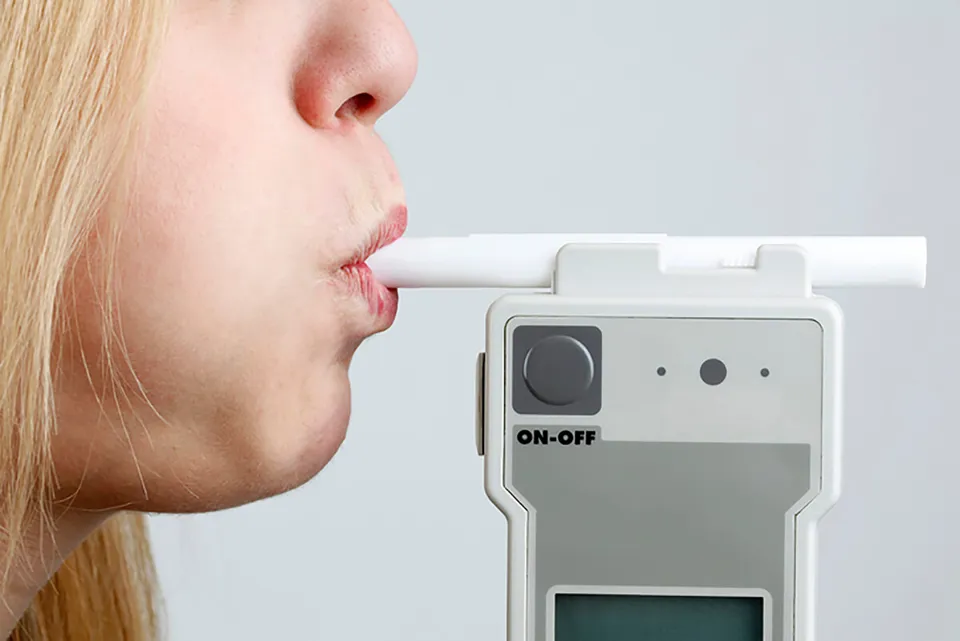Driver education is key if fleets are to remove the risk of employees being over the drink-drive limit the morning after the night before.
Around 5,500 people fail breath tests between 6am and midday every year. But many more drivers will go undetected; unaware that the level of alcohol in their blood is above the legal limit.
Sarah Sillars, chief executive of road charity IAM RoadSmart, said: “Through the work we do with offenders, the most common feedback we receive is ‘I simply didn’t realise’, particularly when it comes to the risk of still being over the limit the next day. This clearly demonstrates the need for education, especially for high-risk groups.”
In general, alcohol is removed from the blood at the rate of about one unit an hour. But this varies from person to person. It can depend on an individual’s size and gender, how much food they have eaten, the state of their liver, and their metabolism (how quickly or slowly their body turns food into energy), says campaign group Drinkaware.
The strength of different drinks can also vary greatly. Some ales for example are 3.5%, but stronger continental lagers can be 5% ABV, or even 6%, while a white wine can vary from around 8% to 15%.
Sillars continued: “Our advice is always make it none for the road this Christmas, but if you’re going to have a drink, know your limits.”
The Government launched its Think! Christmas drink-drive campaign last Wednesday (December 1), to coincide with a month-long police operation targeting drink- and drug-drivers.
The Think! campaign is specifically targeting young men this year, as figures show they account for almost two-thirds of drink drivers killed on UK roads.
Road safety minister Andrew Jones said: “Deaths from drink driving have fallen significantly over the past 30 years, but it is still responsible for the deaths of five people every week. This Christmas we are specifically targeting the biggest perpetrators of this devastating crime – young men – but our message to everyone remains the same: don’t drink and drive.”
Research carried out for the Department for Transport (DfT) found 20% of young men have had two or more drinks before driving and an additional 11% said they have considered it, with a third of adults telling researchers they felt it wouldn’t impact on their driving.
However, research from the National Institute for Health and Care Excellence (NICE) shows a second drink doubles a driver’s chances of being involved in a fatality.
Police forces across the country will be using intelligence-led tactics and local knowledge of hotspots to detect people who are driving under the influence of drugs or alcohol during their month-long campaign.
It follows on from a similar operation in the summer when 45,267 motorists were breathalysed, with 4,539 (10%) testing positive, refused to provide or failed. There were also 2,588 drug screening device tests administered, 1,028 of which (39.7%) were positive.
During the same Christmas campaign last year, there were 1,888 drug screening tests administered and more detections than ever previously recorded – almost half of people screened tested positive.
Police forces also administered 110,226 breath tests nationally, of which 5,543 were positive, failed or refused.
The National Police Chief’s Council lead for roads policing, chief constable Suzette Davenport, said: “Police forces across the country will be dedicating resources to prevent drink- and drug-driving and catch offenders.
“Don’t drive under the influence of drink or drugs. Even a very small amount of drugs or alcohol can affect your ability to drive safely. Don’t let your friends and family pay the price.”
In England and Wales, the alcohol limit for drivers is 80 milligrammes of alcohol per 100 millilitres of blood, 35 microgrammes per 100 millilitres of breath or 107 milligrammes per 100 millilitres of urine. In most other European countries, the limit is less, usually 50 milligrammes per 100 millilitres of blood.
The alcohol limit for drivers in Scotland differs. In December 2014, the limit was reduced to 50 milligrammes of alcohol in every 100 millilitres of blood. The breath alcohol equivalent reduced to 22 micrograms of alcohol per 100 millilitres of breath.




















Login to comment
Comments
No comments have been made yet.